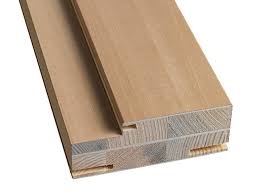 Blockboard – unlike MDF – is a high-quality product with a long-lasting quality effect, guaranteeing long-term stability and non-deformability.
Blockboard – unlike MDF – is a high-quality product with a long-lasting quality effect, guaranteeing long-term stability and non-deformability.
Door jambs, door frames, and architraves are some of the most common applications for double-core blockboard.
The normal double-core composition is a 5-ply construction:
– about 2 mm veneer cross grain (poplar or fromager) (B)
– about 16,5 mm blockboard core long grain (spruce, pine or poplar) (A)
– about 3 mm veneer cross grain (poplar or fromager) (B)
– about 16,5 mm blockboard core long grain (spruce, pine or poplar) (A)
– about 2 mm veneer cross grain (poplar or fromager) (B) 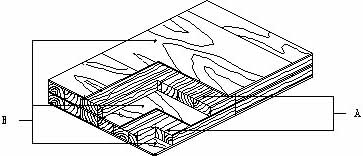
This kind of board is ideal for producing veneered door jambs.
When raw door jambs are covered with laminates like CHPL, sometimes the required double-core construction is as follows:
– about 3 mm MDF
– about 15,5 mm blockboard core long grain (spruce, pine or poplar)
– about 3 mm veneer cross or long grain (poplar or fromager)
– about 15,5 mm blockboard core long grain (spruce, pine or poplar)
– about 3 mm MDF
Recently a new 4-ply construction has appeared on the market:
– about 2 mm veneer cross grain (poplar or fromager)
– about 18 mm blockboard core long grain (spruce)
– about 18 mm blockboard core long grain (spruce)
– about 2 mm veneer cross grain (poplar or fromager)
It is produced by calibrating the blockboard cores, so that there’s no significant thickness tolerance in single staves, and the final board is without gaps: milling or lamination will end up on a massive timber surface, without other potential grain problems.
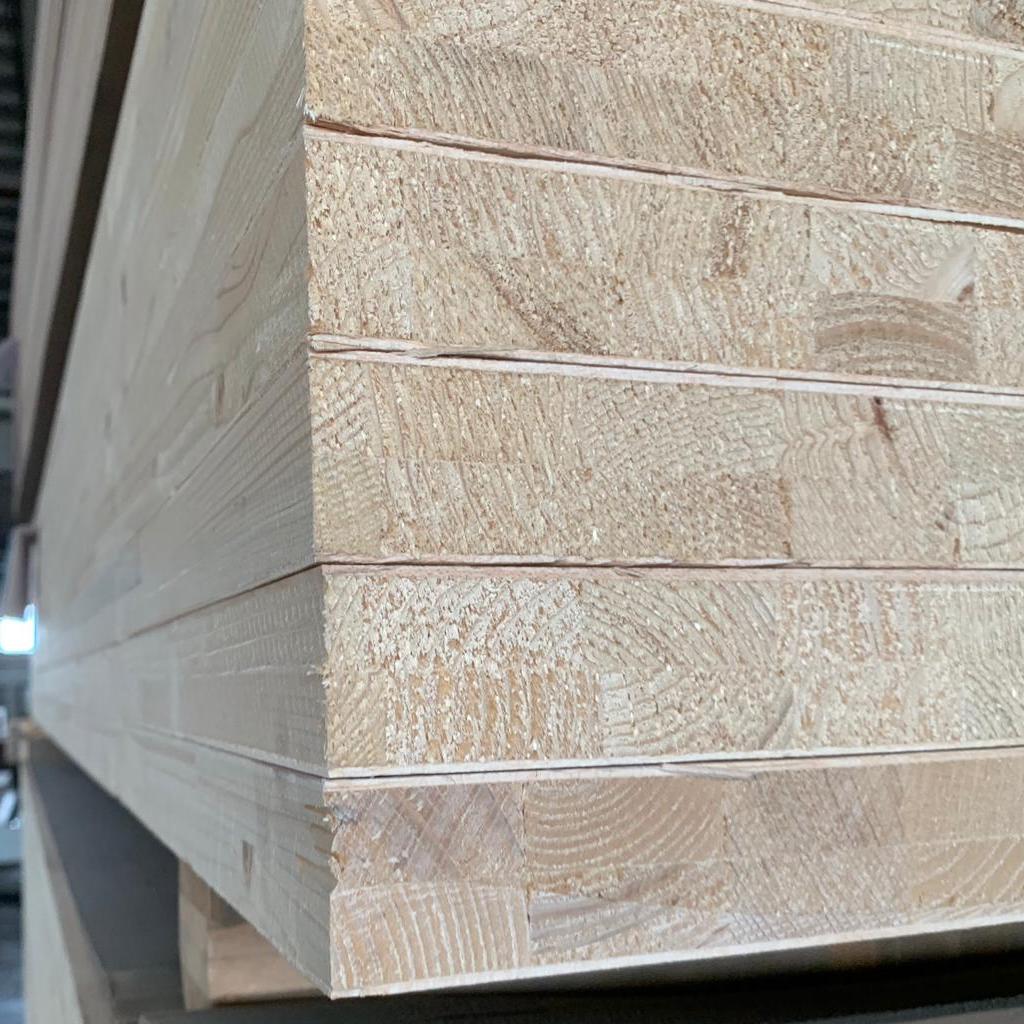
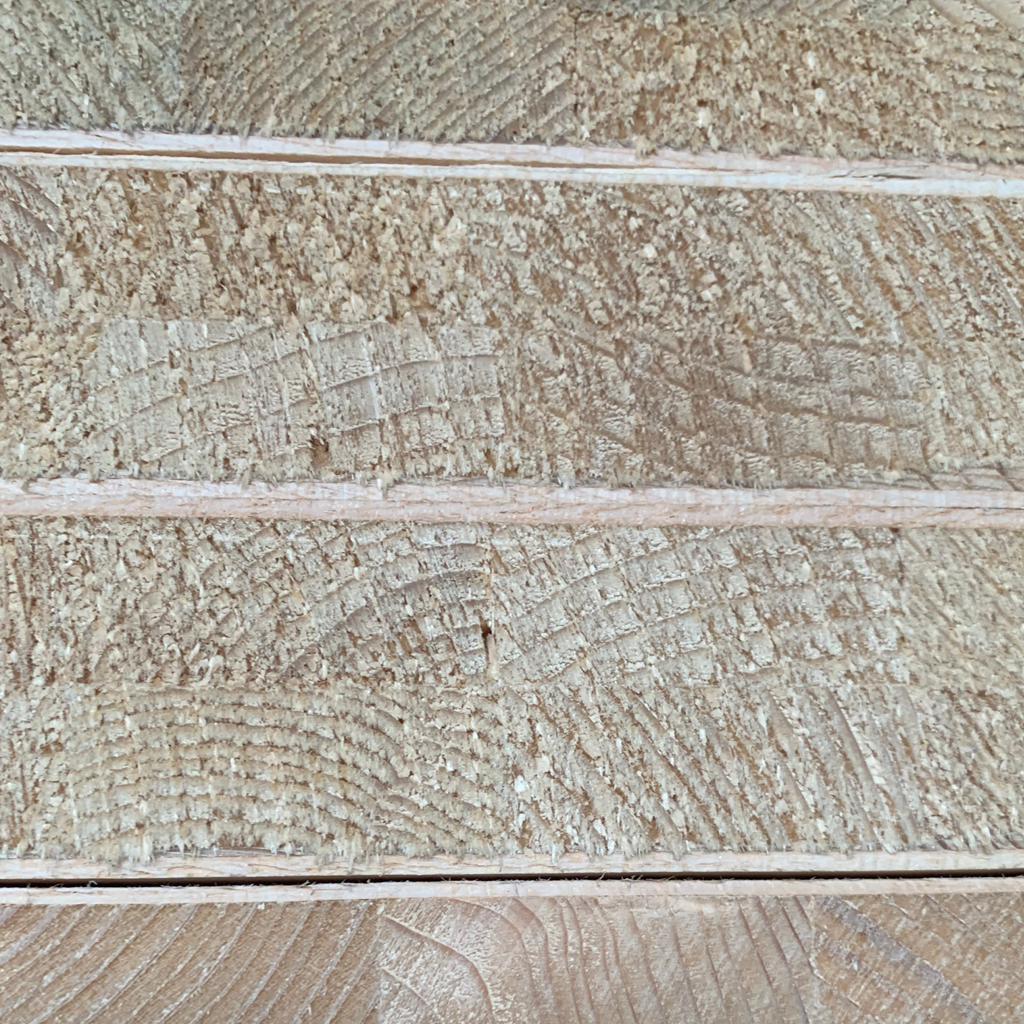
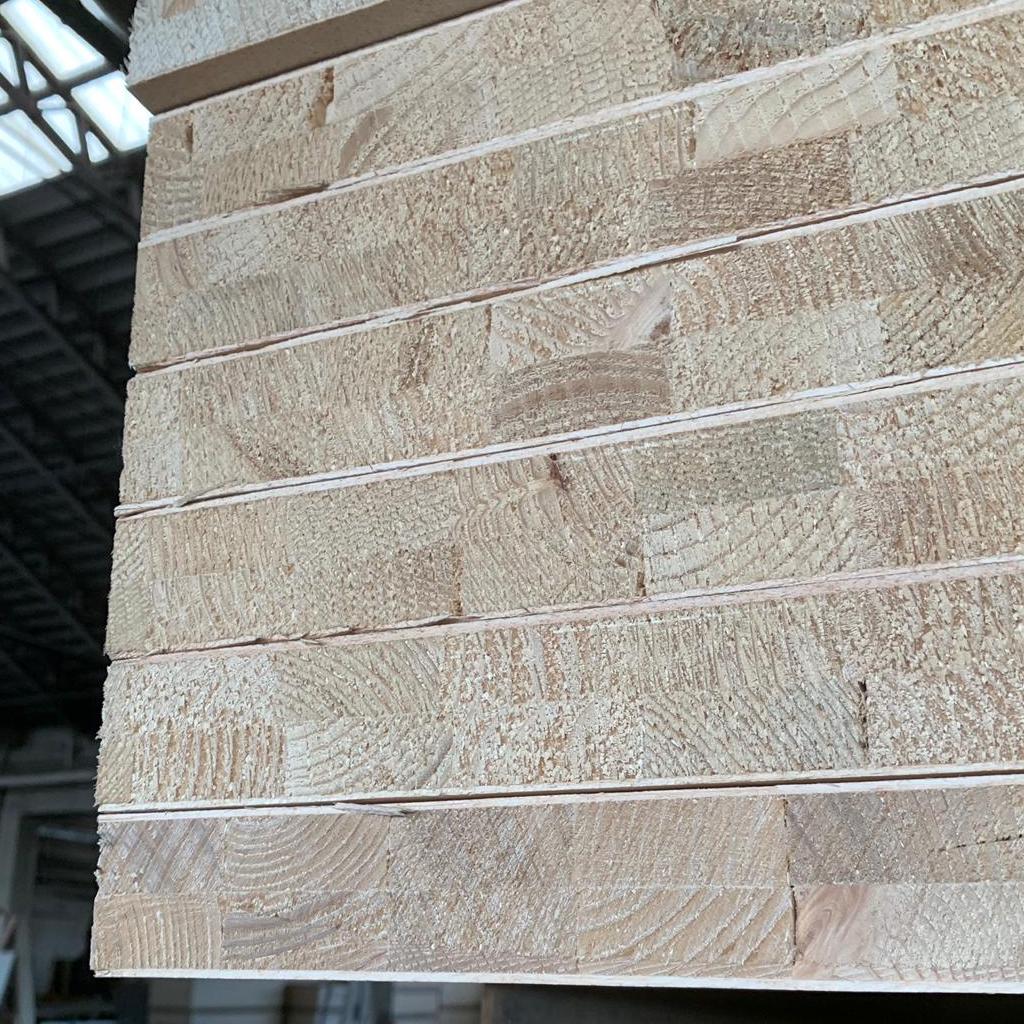
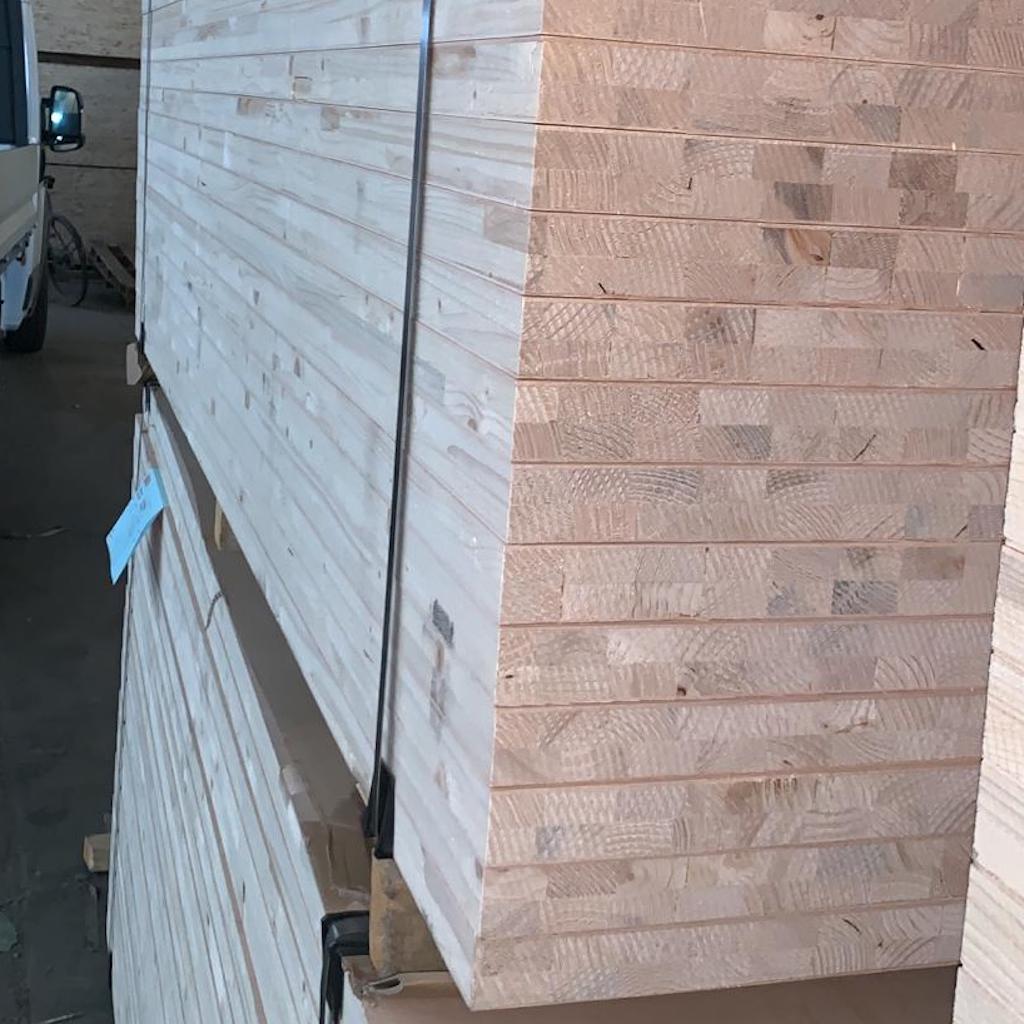
The length of door jambs varies according to each market tradition, while width is customized by each manufacturer, so blockboard is normally produced in custom sizes and then cut to size by the end user.
However, the most common sizes are:
– 2180×1880 mm (or cut at 2180×930 mm)
– 2200×1220 mm
– 2300×1220 mm
– 3050×1220 mm
in 39, 40, 44 mm thickness.
For other sizes and thicknesses, refer to this page.
Bonding of the faces is made with urea-formaldehyde glue (UF) (formerly called IF20), while the lumber core is bonded with PVAc (D3), in compliance with the provisions of the EN 314 standard.
After suitable treatment in view of resistance to humidity, the board complies to Class 1 requirements for the use of boards in dry environments (EN 636-1).
Class 2 (formerly called AW100 or MR) can also be produced upon request.
Formaldehyde emissions are below those established for Class E1 in conformity with the EN 636 standard. The low-emission class E1 panels do not cause a concentration of equilibrium in the air of the test chamber (defined in the EN 717-1 standard) greater than 0.1 ppm, the limit established by the World Health Organization for living and residential environments.
If you are looking for a reliable supplier of this product or you need more technical information, please contact me using the form on this page.
If you want to improve the information I provided on this page, or you simply want to add your comments or experience about this product, feel free to post a comment below.
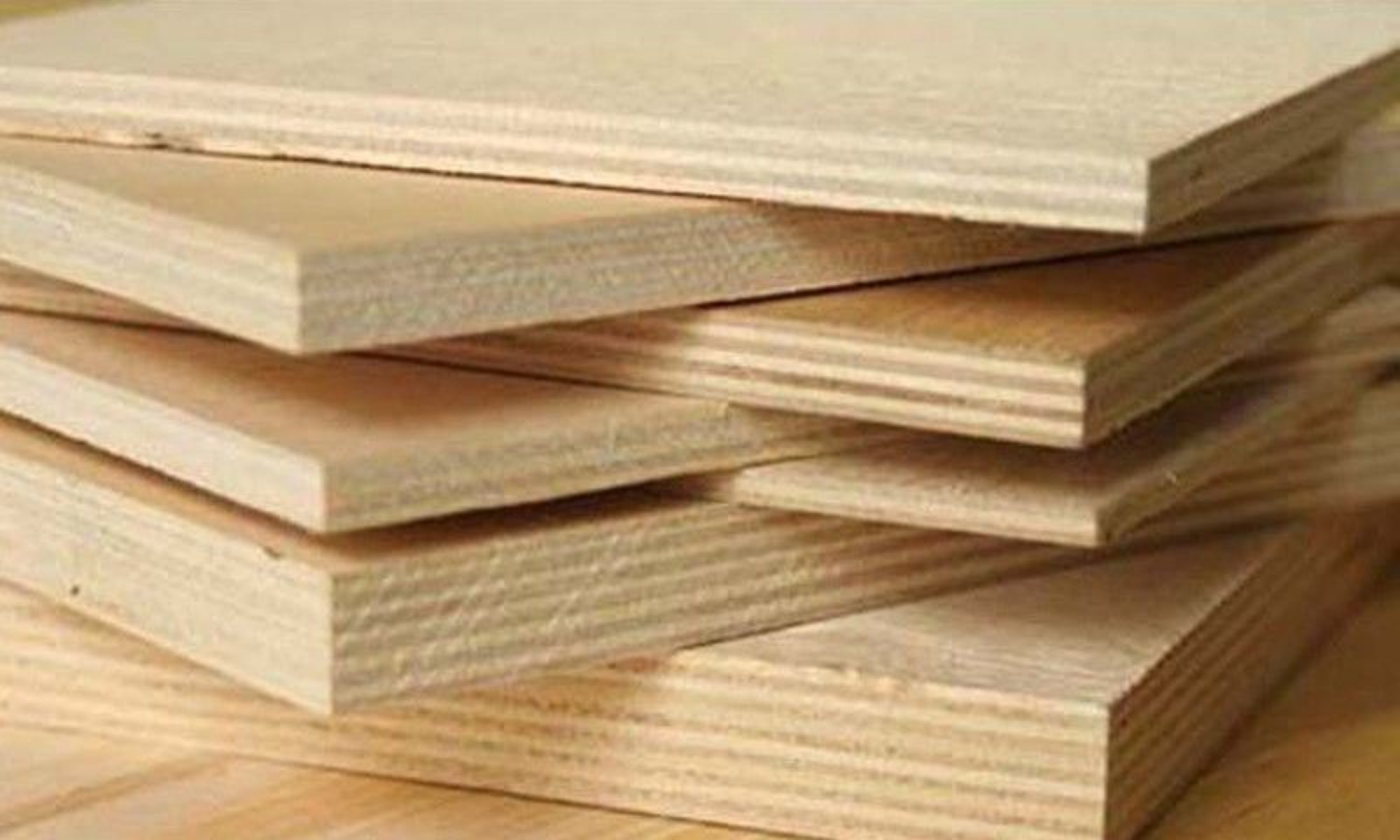

I’m interested in core for jambs and stiles of doors and / or the finished product itself. Could you refer me to manufacturer?
Please be so kind to send me a detailed request using my contacts page, and I’ll be pleased to refer you.